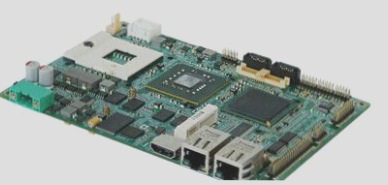As the world advances at a rapid pace, every industry is producing faster and more efficient products, which has driven the development of embedded software. In terms of circuit board manufacturing, speed is inversely related to size. Modern technology enables the creation of smaller products with enhanced capabilities. One key factor in improving the speed of electronic devices is the design of high-speed circuit boards. This article will guide you through the process of designing high-speed circuit boards.
In the early 2000s, the average network speed was about 127 Kbps, but today designers can achieve speeds of up to 20 Gbps. As customer demands increase, engineers are required to design high-speed printed circuit boards (PCBs), leading to the development of high-speed circuit designs such as DDR, SATA, and USB. However, the challenge with high-speed designs is that they tend to experience higher levels of interference due to increased electromagnetic radiation.
Planning
When designing a high-speed circuit board, the first step is thorough planning. With proper planning, achieving a high-quality circuit board becomes much easier. Before production begins, ensure that you have a clear visual design that outlines the pathways connecting all subcircuits, ensuring the smooth flow of electricity. It is essential to understand the signal speeds in your design, particularly the highest frequency rates that your circuits will handle. Prior to making connections to the ICs on the printed circuit, take note of the voltage and power requirements. Additionally, it is important to anticipate the potential noise emissions in your design, as this can impact performance.
Detailing
Once the design plan is in place, it’s time to collaborate with the manufacturer to finalize the materials and stack-up layer requirements for the circuit board. For high-speed PCB designs, materials such as FR-4, which help control impedance, and high-performance materials like SI and Nelco, which are ideal for high Gbps clock speeds, are commonly used. Ensuring the reliability of the PCB is crucial in this process.
Board Planning
The placement of components on the circuit board is one of the most critical aspects of designing high-speed circuit boards. Careful consideration should be given to the placement of both analog and digital circuits. Mixing these signals can lead to interference, which could be detrimental to device performance.
One of the key aspects of PCB design is adhering to guidelines for routing pathways to minimize signal degradation and interference.
If you have any questions about PCBs or PCBA, please feel free to contact me at info@wellcircuits.com




